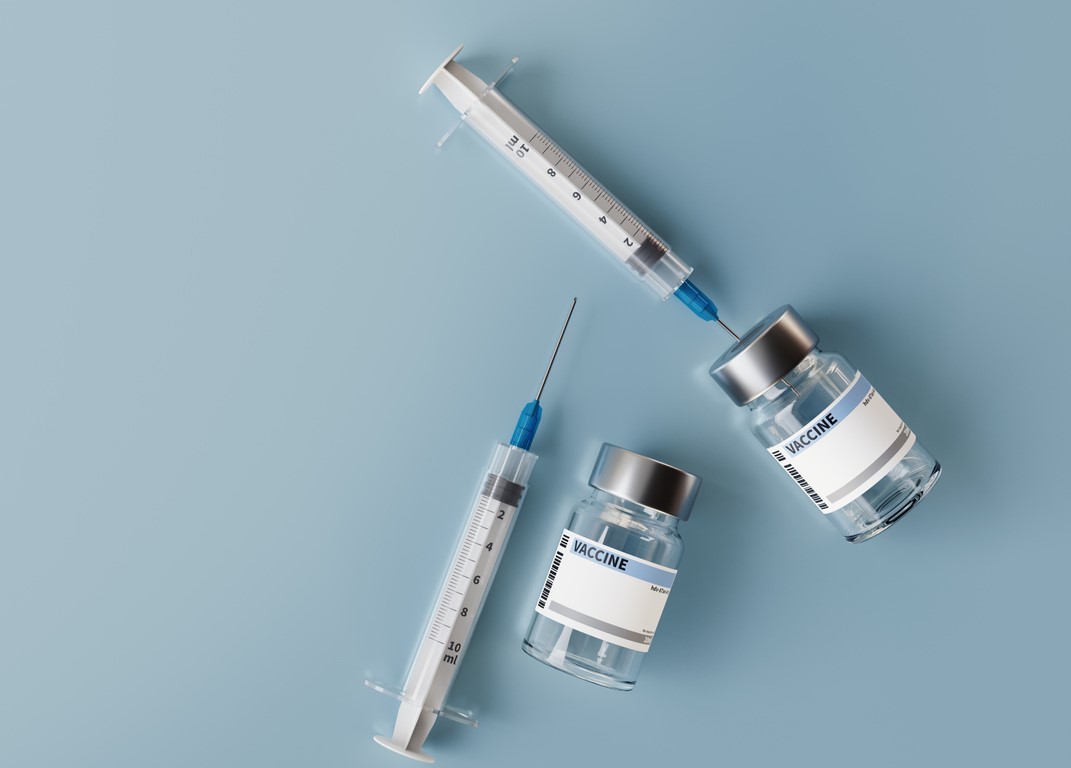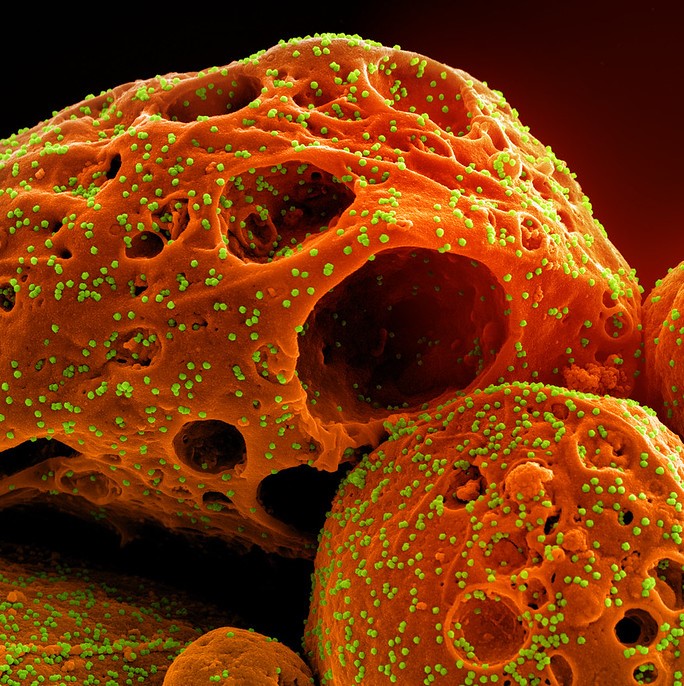The Centers for Disease Control and Prevention (CDC) continues to investigate increased reports of brain abscesses in children, which includes a 2022 cluster from Nevada's Clark County that was detailed last week at the CDC Epidemic Intelligence Service (EIS) annual meeting in Atlanta.
Doctors in other locations are seeing similar cases, according to CNN.
In the Nevada cluster, health officials in October received reports of a higher-than-expected number of kids who had intracranial abscesses. The investigation by EIS officials found that, from 2015 to 2021, Clark County averaged about four such cases a year. However, 18 cases were reported in 2022, none of them fatal. Fifteen patients required surgery. The median age was 12, and 14 of the patients were boys. Streptococcus intermedius was the most common bacterial pathogen.
Nine patients had experienced cold symptoms, and none had been diagnosed as having COVID-19. Three had ear infections, and one patient had a sinus infection.
Seeking risk factors, causes
Investigators said more research is needed to identify risk factors and causes of the rare conditions.
Experts told CNN that possible explanations could be less exposure to pathogens during the earlier phases of the pandemic or a higher disease burden in the past year, now that COVID-19 cases have fallen.
A September 2022 report in Morbidity and Mortality Weekly Report examined a possible increase in pediatric streptococcal brain abscesses and epidural empyemas, finding a decline at the start of the pandemic, with an increase in the summer of 2021 and a peak in March 2022. The authors said cases were consistent with seasonal fluctuations and redistribution of cases during the pandemic, but that epidemiologic monitoring continues.
 A post hoc
A post hoc 











